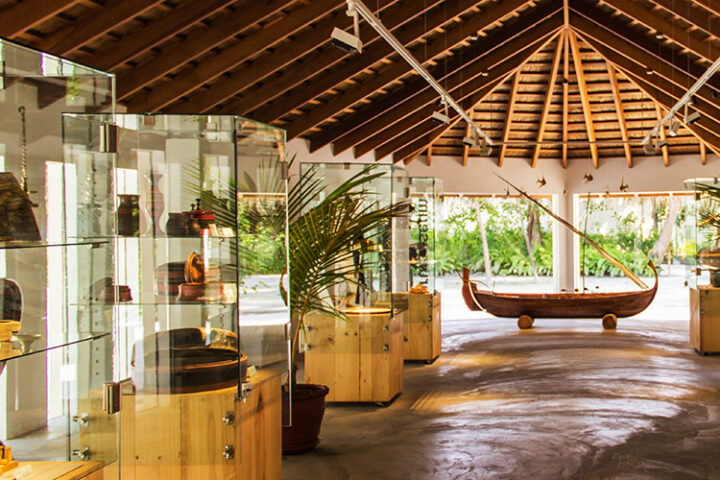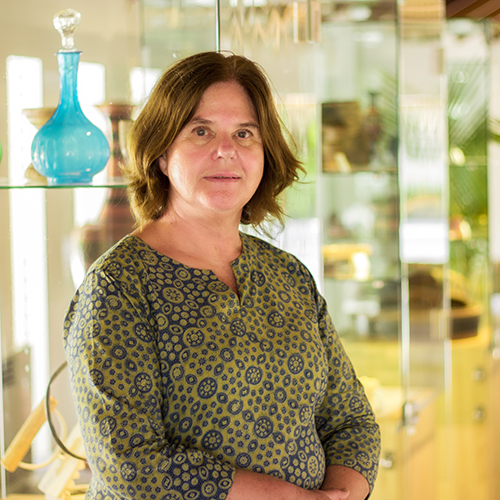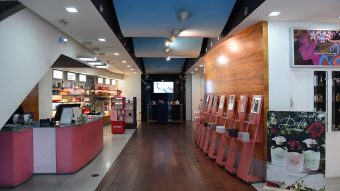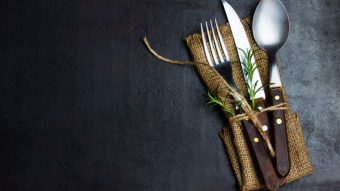
Cultural Spotlight: Meeru Museum offers a glimpse of ‘the Maldivian way of life’
[vc_row full_width=”” parallax=”” parallax_image=”” bg_type=”” parallax_style=”” bg_image_new=”” layer_image=”” bg_image_repeat=”” bg_image_size=”” bg_cstm_size=”” bg_img_attach=”” parallax_sense=”” bg_image_posiiton=”” animation_direction=”” animation_repeat=”” video_url=”” video_url_2=”” u_video_url=”” video_opts=”” video_poster=”” u_start_time=”” u_stop_time=”” viewport_vdo=”” enable_controls=”” bg_override=”” disable_on_mobile_img_parallax=”” parallax_content=”” parallax_content_sense=”” fadeout_row=”” fadeout_start_effect=”” enable_overlay=”” overlay_color=”” overlay_pattern=”” overlay_pattern_opacity=”” overlay_pattern_size=”” overlay_pattern_attachment=”” multi_color_overlay=”” multi_color_overlay_opacity=”” seperator_enable=”” seperator_type=”” seperator_position=”” seperator_shape_size=”” seperator_svg_height=”” seperator_shape_background=”” seperator_shape_border=”” seperator_shape_border_color=”” seperator_shape_border_width=”” icon_type=”” icon=”” icon_size=”” icon_color=”” icon_style=”” icon_color_bg=”” icon_border_style=”” icon_color_border=”” icon_border_size=”” icon_border_radius=”” icon_border_spacing=”” icon_img=”” img_width=”” ult_hide_row=”” ult_hide_row_large_screen=”” ult_hide_row_desktop=”” ult_hide_row_tablet=”” ult_hide_row_tablet_small=”” ult_hide_row_mobile=”” ult_hide_row_mobile_large=””][vc_column width=”1/1″][vc_single_image image=”5046″ alignment=”” style=”” border_color=”grey” img_link_large=”” img_link_target=”_self” css_animation=”” img_size=”full”][vc_empty_space height=”16″][vc_column_text]
“It’s going to be a place where tourists could come and get a little insight into the Maldivian way of life,” recalls Mrs Ragni Afeef of how she and her husband settled on the concept for the ‘Meeru Museum.’
Ragni explains that her husband – resort owner and tourism pioneer ‘Champa’ Hussain Afeef – harboured the idea of a tourist museum for many years before the Meeru Museum was opened in October 2014.
The seeds for the museum were sown in the early 1990s when Afeef displayed a small collection of items at the attic of the reception counter of Meeru Island Resort. However, in the absence of a curator the items gathered dust and became rusty.
Moreover, as the exhibits were not too easily accessible to tourists, Ragni suggested making a building for a proper museum. The dhoni-shaped (traditional Maldivian boat) building for the Meeru Museum was constructed two years ago.
“We got all the items we have collected down from this dusty attic and we spent quite a lot of time restoring it,” Ragni recollects. The items were repaired, cleaned and polished for the new museum, whilst damaged exhibits were replaced.
The exhibits on display include a collection of lacquer work, brassware, mats, household items and fishing equipment. “The challenge was to keep it simple and not be too ambitious and bring too many items, but to really try and display items that are used in the islands and were used in the islands,” she explains.
Ragni states that the response from tourists have been very positive so far.“We really have got a lot of good response and feedback. And people are very surprised to find a museum here,” she observes.
As many tourists do not visit an inhabited island during their stay, Ragni stresses the importance of providing a glimpse of the local culture and lifestyle in remote islands of the Maldives.
“The collection consists of everyday tools and other items used in the Maldives, both old and new,” reads a plaque at the entrance of the museum. The message welcoming guests states that the items on display “represents the essence of what can be defined as the The Maldivian Way of Life.”
As a museum is “a living institution,” it adds, the items are continuously restored and replaced.
institution,” it adds, the items are continuously restored and replaced.
“How do we work? Fish? Cook? Educate our children? Play and spend our leisure time? Dress up? How do we perform our artistic talents through basketry, lacquer work, and other crafts?” the plaque invites guests to ponder.
“The striped pattern of early lacquer work and the woven design of the unique Maldivian sarong are examples of a ‘modern,’ almost minimalistic style,” it continues.
“Until recently, we lived in remote, scattered and isolated islands. For this reason we have had to be self-sufficient. Techniques and materials reflect the limited availability of resources. In this exhibition you will see many examples of ingenious creative use of materials.”
[/vc_column_text][/vc_column][/vc_row]







